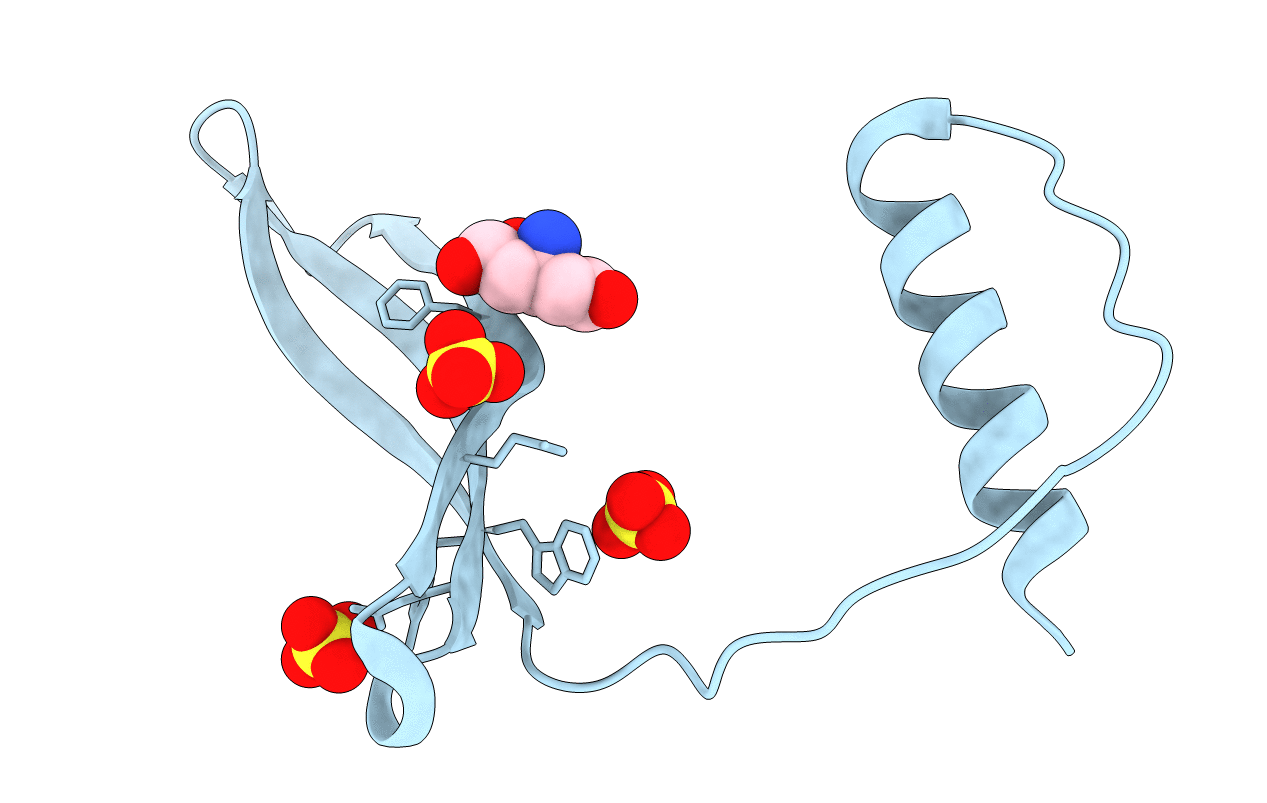
Deposition Date
2020-01-24
Release Date
2020-10-14
Last Version Date
2023-10-11
Method Details:
Experimental Method:
Resolution:
1.68 Å
R-Value Free:
0.20
R-Value Work:
0.19
Space Group:
C 2 2 21


